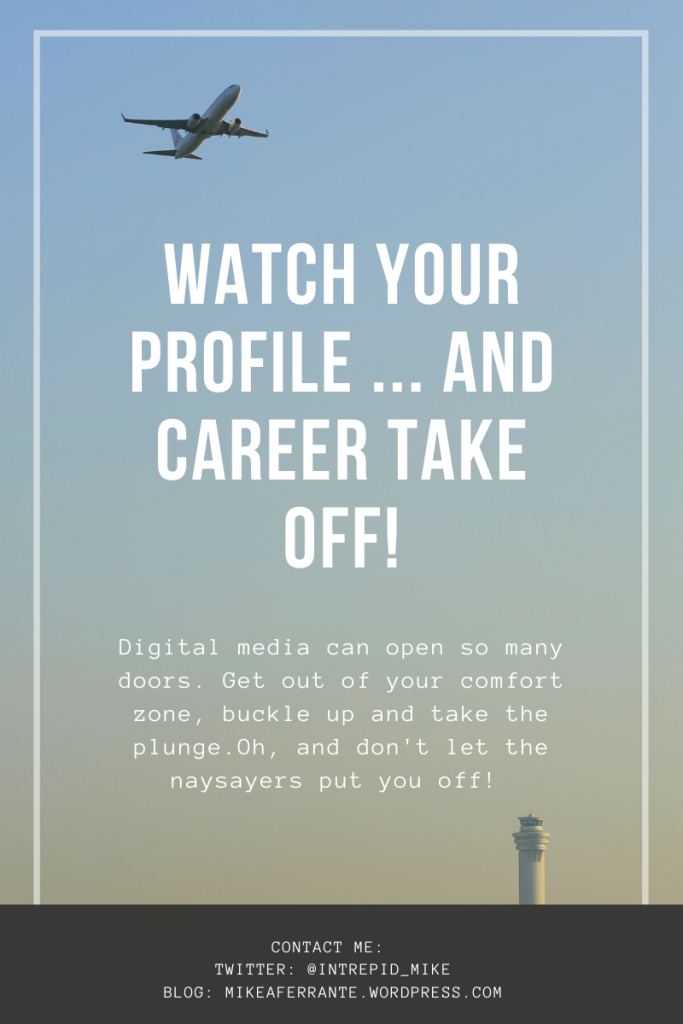The term gamification is relatively new, with its “widespread adoption” not realised until the second half of 2010, according to Deterding et al (2011). They define gamification as “the use of game design elements in non-game contexts”. This blog will broadly discuss the two main types of motivation – intrinsic and extrinsic – and how gamification elements in the Garmin Vivoactive 4 sports watch seek to enhance user motivation and/or engagement in the context of physical activity. Will it ultimately motivate me to re-engage in my favourite physical activity, running? Well, that’s the question we’ll be examining here.
Just by thinking about how we interact with organisations and perform everyday tasks we can get a feel for just how widely used gamification is to motivate us to act, or more effectively engage us. And, to emphasise its broad nature, Sailer et al (2013) say the use of gamification is not limited to digital media, going on to discuss its various game elements such as points, badges, leaderboards progress bars, performance graphs, quests and challenges, avatars and related profiles — all fulfilling different functions.
Types of motivations
“To be motivated means to be moved to do something”, according to Ryan and Deci (2000). In recent times its fair to say my motivation levels to stay on top of my fitness have waned, leading to ‘unfitness’ and weight gain – a far cry from when exercise and fitness were a part of my weekly routine, culminating in my run in the 2006 Perth City to Surf. Back then my motivations were a hybrid of intrinsic – because I really enjoyed running, getting outdoors and challenging myself to keep improving my distances and times. But also because I was aware of the many health benefits associated with keeping fit, like lower blood pressure and reduced chances of chronic disease – in other words the extrinsic motivation in understanding the value of looking after myself by exercising and because I was doing it by choice. The action had a “separable outcome” and was self-determined (Ryan and Deci, 2000).
Gamified fitness – does it work?
So, to give me an initial push to help me change my exercise behaviours and break old habits, I recently invested in the Garmin wearable device with a built-in GPS, similar to the one pictured below. It wasn’t to give me back an innate sense of enjoyment of running. Or would it? It was more a prod to help me make time each week to run or walk or step, and to keep track of my activity and performance.
The Vivoactive 4 is a great all-round activity watch for a variety of activities, including running, walking, gym workouts, swimming and golf, among others, incorporating ‘gamified’ features such as:
- Challenges: The user can Join a Badge Challenge to earn badges for steps, running, cycling, etc. Activities are broken down to monthly or quarterly goals like the 300,000 steps for May Step Month; or 2021 Running Stage 2 challenge with the goal of 505km from April 1-June 30. For me the badges are a gimmick and I doubt they will motivate me to exercise. The stats, however, are very useful to measure distances, time, pace, steps etc of various activities and I like the option to choose my own challenge, or autonomy, over my exercise regime. (For the record I’m in 11th spot on the steps leaderboard!)
- Garmin Coach 5K: My running coach (a real person, not an avatar), sets me a Benchmark Run depending on my current level, a weekly Workout Schedule and a 5km time goal (my goal is 26min). He aims to reignite, or start, a passion for running and his drills aim to boost performance in speed and distance – I can’t wait for the hill training coming up! Videos and articles on diet and running form part of his plan, to educate and inspire. I really like this feature because it feels more personal and I am accountable for my behaviour (my individual exercise plan changes depending on previous runs/stats).
- Statistical displays: My favourite aspect of the Garmin device is the Calendar: Daily Details section – it displays key indicators at a glance and uses high-end graphics, including steps and percentage reached of daily goal, calories burnt, high and low heart rate, and stress levels throughout the day. The readings therefore allow the user to track progress towards goals and shows actual performance against previous activity. I can’t remember the last time my heart rate reached 168bpm! Whilst poor stats can have a negative impact on motivation, I take the positive view that it can inspire you to strive to do better, and gives a real sense of achievement when you reach small milestones.
The verdict
In summary, I am happy with the Vivoactive 4 – as Brown says, gamifying healthy habits can be the first step to behavioural change and this has been my experience so far on my fitness journey. It has helped me set goals for running, to track progress at a tap or a swipe, and stay focused on the overarching goal — to keep my weight in check and stay healthy. Accomplishment ‘rewards’ along the way help motivate me to a certain extent, too. Most importantly I’ve started exercising regularly again and want to have a crack at running the 5km soon!

Other, gimmicky elements of the Garmin — the badges – don’t serve any motivational purpose, personally.
My experience is not unique — Nuss and Kaigang (2021) found current users of wearable fitness trackers were not particularly motivated by their devices but liked to visualise their physical activity data. But, they say this device-based self-monitoring is linked to “increased competence and autonomous motivation” for exercise. Likewise, Mitchell et al (2017) found there was initial behaviour change but no real impact on intrinsic motivation in a study about wearable fitness trackers in walking.
References
Deterding S, Dixon D, Khaled R and Nacke L (2011), ‘From game design elements to gamefulness: defining gamification’, MindTrek ’11 Proceedings of the 15th International Academic MindTrek Conference: Envisioning Future Media Environments, pp.9-15
Mitchell R, Schuster L and Drennan J (2017) ‘Understanding how gamification influences behaviour in social marketing’, Australasian Marketing Journal, 25(1):12-19, DOI:10.1016/j.ausmj.2016.12.001
Nuss K, Kaigang L (2021) ‘Motivation for physical activity and physical activity engagement in current and former wearable fitness tracker users: A mixed-methods examination’, Computers in Human Behavior, 121, DOI:10.1016/j.chb.2021.106798
Ryan, R and Deci, E (2000) ‘Intrinsic and Extrinsic Motivations: Classic Definitions and New Directions’, Contemporary Educational Psychology, 25(1):54–67, DOI:10.1006/ceps.1999.1020
Sailer M, Hense J, Mandl H and Klevers M (2014), ‘Psychological perspectives on motivation through gamification’, Interaction Design and Architecture(s) Journal, 19:28-37,
https://doaj.org/article/35d52233cd05402e8f15cbfa3553fe0a
AIHW: https://www.aihw.gov.au/reports/australias-health/insufficient-physical-activity
Gamifying Health and Fitness – Our Gamified World: Level 1, Episode 4
MUSIC
Track: Upbeat Positive Motivational
Background Music for Videos: https:/www.bluetreeaudio.com
https://www.bluetreeaudio.com/corporate-business-background/upbeat-positive-motivational
FOOTAGE
Foysal Ahmed: Mobile Games
https://www.pexels.com/video/mobile-gaming-pubg-mobile-games-4291570/
Licence: CC0
Cottonbro: House Sitting
https://www.pexels.com/video/man-house-sitting-apartment-4115331/
Licence: CC0
Zlatin Georgiev: Weighing Scale
https://www.pexels.com/video/person-using-a-weighing-scale-6719385/
Licence: CC0



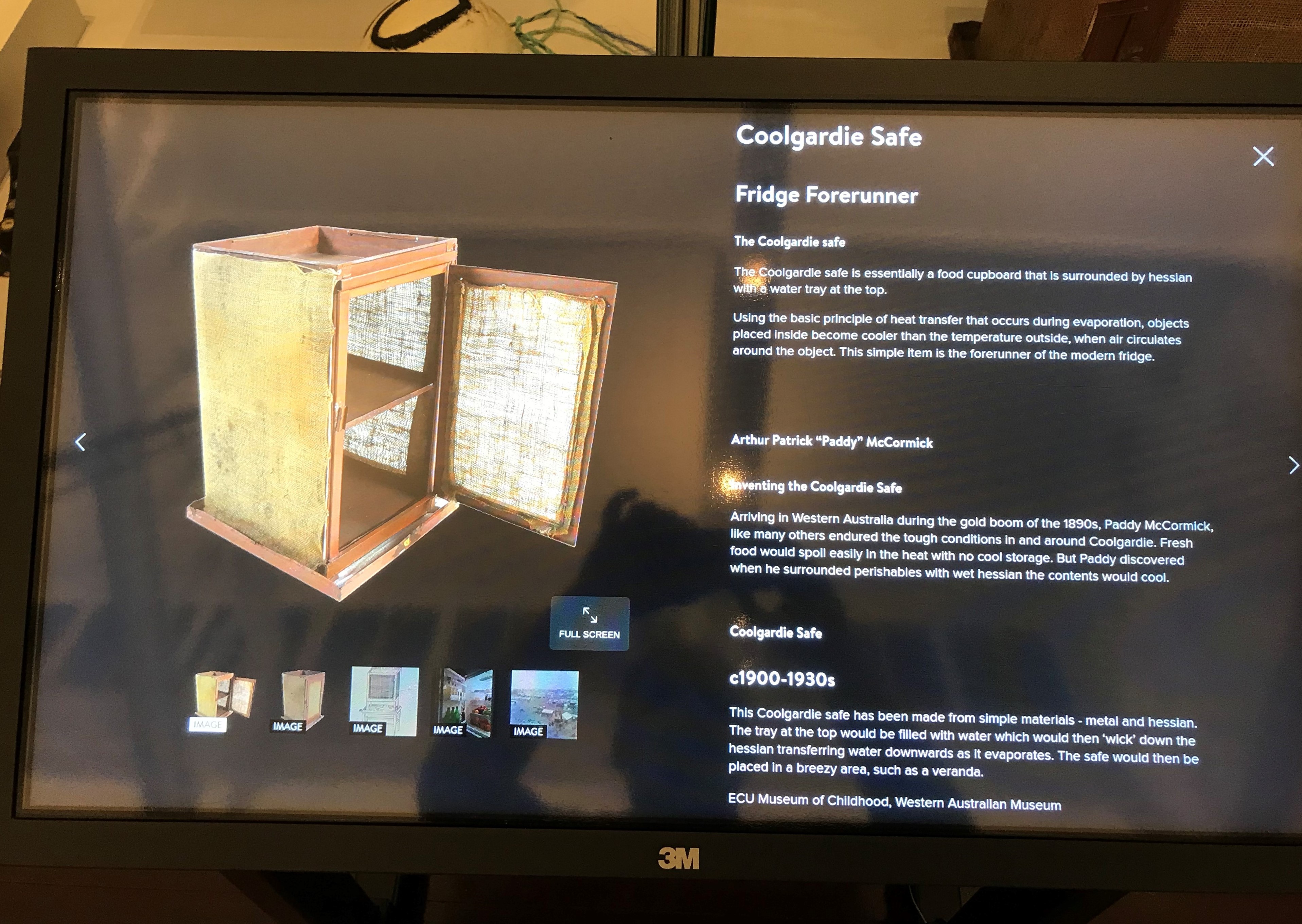


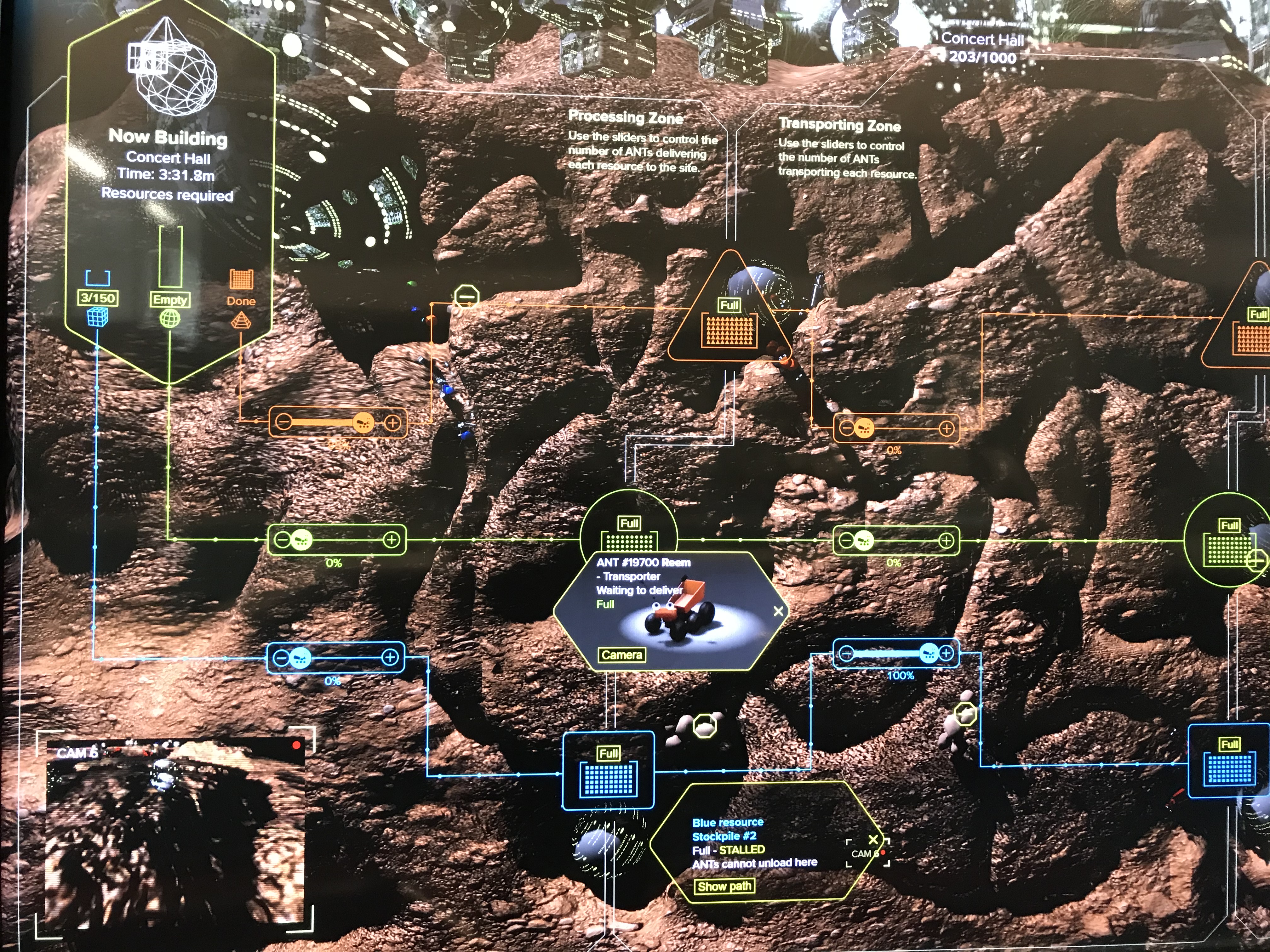

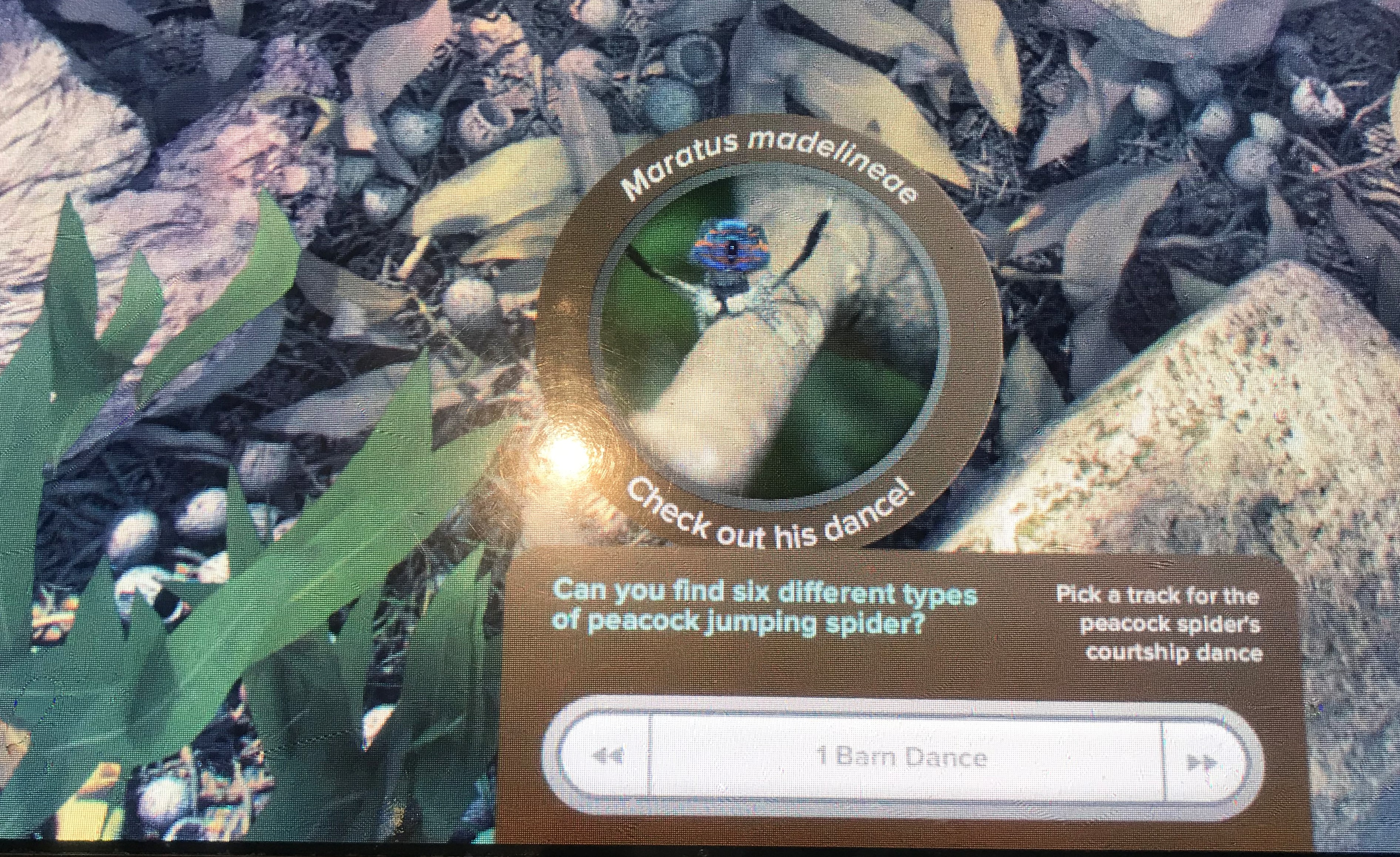


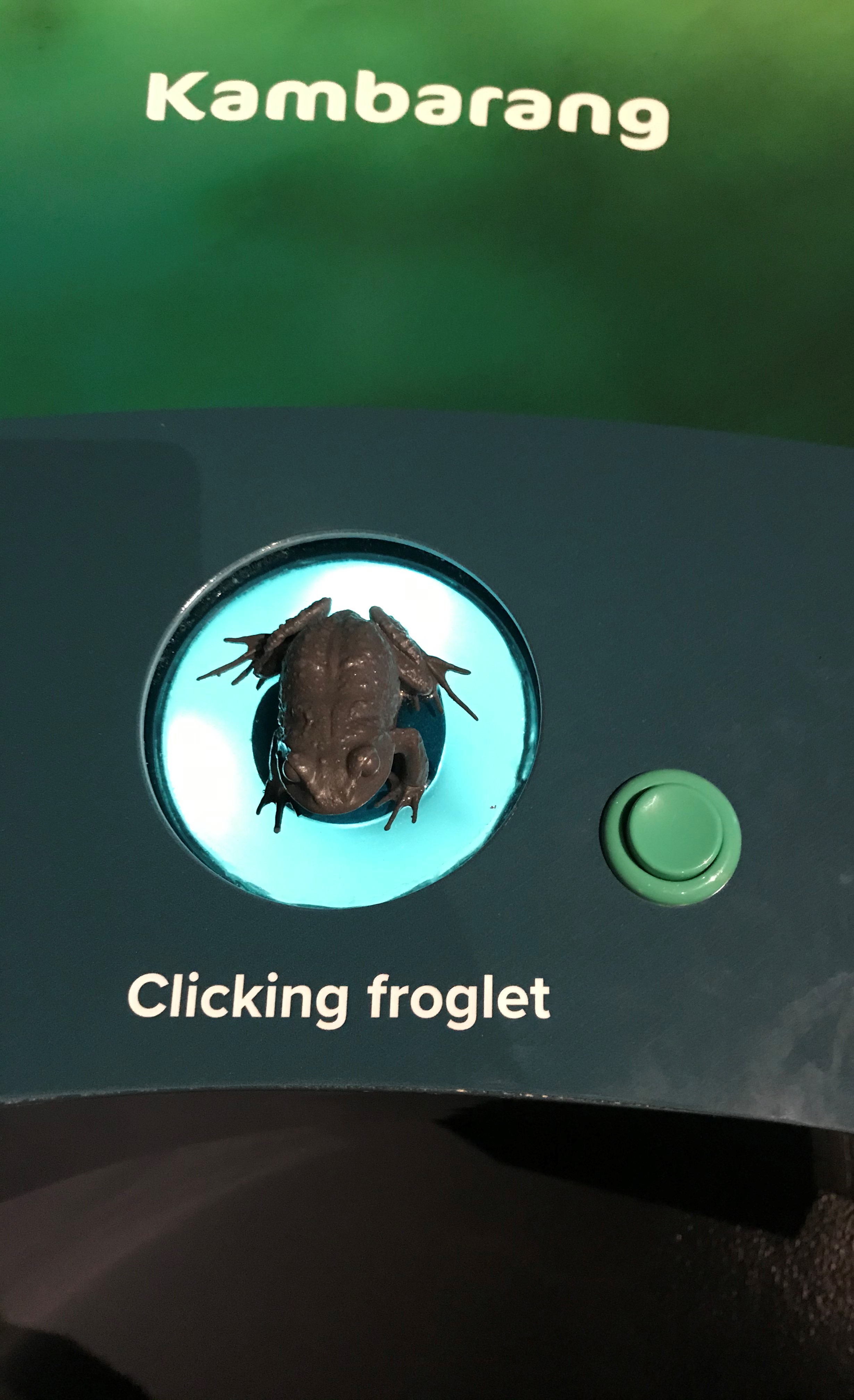


 Many thanks to
Many thanks to 




